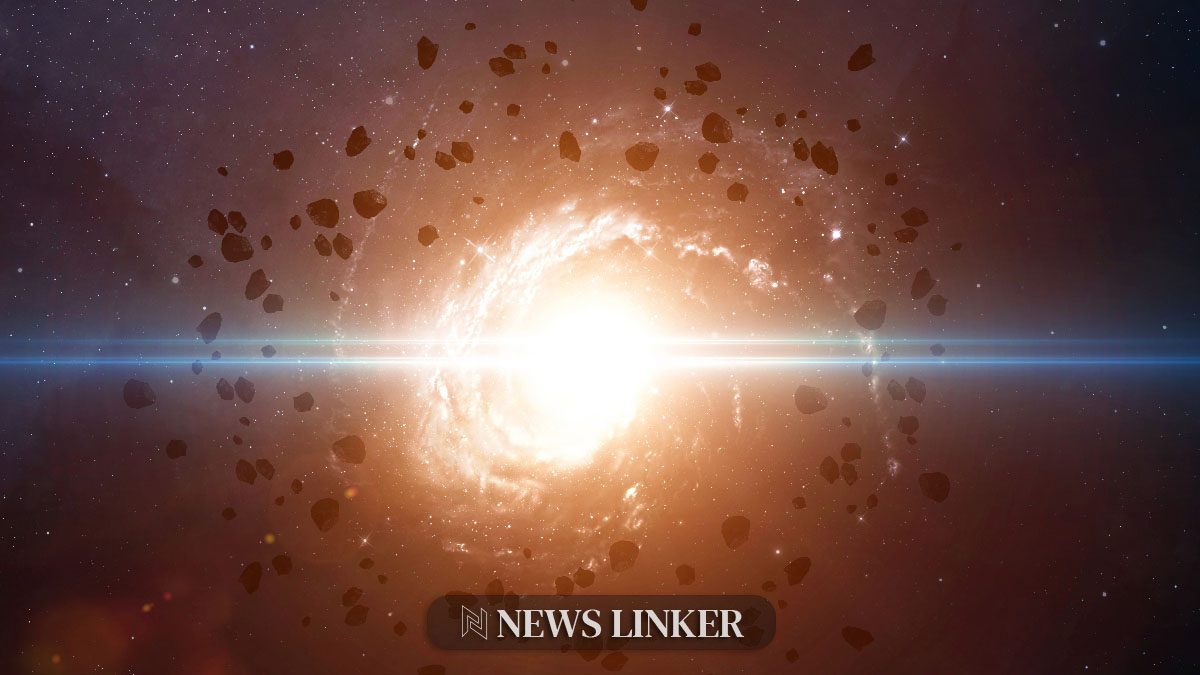In a cosmic spectacle set to occur in 2025, Saturn’s majestic rings will seemingly vanish from Earth’s view, rendering the gas giant’s distinct silhouette unrecognizable to amateur and professional astronomers alike. This extraordinary occurrence is due to an astronomical event known as an equinox, during which Saturn’s thin, icy rings become virtually invisible when viewed edge-on, a rare alignment that occurs roughly every 15 years.
Saturn, often hailed as the crown jewel of our solar system, boasts a ring system stretching up to 175,000 miles wide, yet possesses a surprisingly slender profile with a thickness of merely half a mile. These rings, predominantly composed of ice, rock, and cosmic dust, have fascinated observers since their discovery by Galileo in 1610. However, the grandeur of Saturn’s rings is not eternal; research indicates a slow but relentless erosion that may culminate in their complete disappearance within 300 million years.

As the second-largest planet orbits, it wobbles slightly, causing its rings to tilt towards and away from the sun. This tilt, combined with the equinox event, will result in Saturn’s rings presenting as a slender line from Earth’s perspective. The last time this phenomenon was witnessed was in September 2009, and after 2025, it won’t recur until October 2038.
Despite the transient nature of this upcoming disappearance, the rings of Saturn continue to captivate scientists and space enthusiasts alike. Not only are they a stunning feature visible from Earth, but they are also an active field of study concerning their origin and lifespan. Some scientists posit that the rings may be as ancient as the solar system itself, while others suggest a more recent formation, possibly during the time of the dinosaurs.
This celestial event, while offering a unique observation opportunity, also serves as a poignant reminder of the transient beauty within our universe. As the rings wane and wax over millions of years, they present a cosmic narrative of creation, evolution, and eventual decay—a narrative in which humanity is afforded but a fleeting glance.
Looking beyond the rings, Saturn’s many moons—including potential life-supporting candidates like Enceladus and Titan—continue to intrigue researchers. These moons, enveloped in internal oceans, might harbor the key to understanding extraterrestrial life.
As the astronomical community anticipates the temporary disappearance of Saturn’s rings, it underscores the broader importance of continued observation and study of our solar system’s wonders. The ephemeral dance of celestial bodies serves as both a spectacle and a scientific beacon, guiding our quest for knowledge in the vast, star-studded expanse.










